There are few cases when a tank that is accepted into service is replaced by a modification that is inferior to it. In Soviet tank building, one example of this is the KV-1S, a necessary measure. It was lighter than the KV-1, and had thinner armour, but as a result of its lower mass and improved gearbox, it was a lot more reliable and mobile. The tank itself received a large number of improvements.
With the Germans, the most clear example of such a paradoxical course of action was the PzII Ausf. F. Here, the Germans returned to an older version of the PzII (Ausf. C, albeit with some improvements) than the one that was already accepted into production (Ausf. D).
Return to leaf springs
It was already clear that the La.S.100 was far from perfection in January of 1937. Even though MAN was working on a modernized version of the tank with a new suspension, Heinrich Kniepkamp insisted on starting work on another chassis. It was going to have a torsion bar suspension and a different layout of components. The chassis was indexed La.S.138, and the Germans had high hopes for it. In their correspondence, the workers of the 6th Department of the Armament Directorate said the La.S.100 had no future, and eagerly awaited the start of production of the new PzII.

In reality, the situation was a lot less ideal than envisioned by German engineers. Work on the La.S.138 dragged on. In addition, on June 18th, 1938, the Armament Directorate initiated work on a new tank codenamed VK 9.01. This decision was a clear sign that the La.S.138 was at risk.
The tank itself, indexed PzII Ausf. F, was not as ideal as its creators thought. It turned out that the migration to a torsion bar suspension drove up the mass by two tons. Of course, this was not only caused by the suspension. The designers increased the front armour of the hull and turret platform, and changed the layout of internal components. Nevertheless, the 6th Department was not happy at this growth.
The underestimated La.S.100 also delivered its blow. The PzII Ausf. c and the subsequent PzII Ausf. A-C turned out to be much better with respect to reliability of the suspension. It turned out that the designers dismissed leaf springs prematurely. As a result, the 43 PzII Ausf. D built from October 1938 to April 1939 were lost among the large volume of PzII Ausf. C tanks. As for the PzII Ausf. E, the seven tanks of this type never became regular tanks, and were used as a chassis for flamethrower tanks.
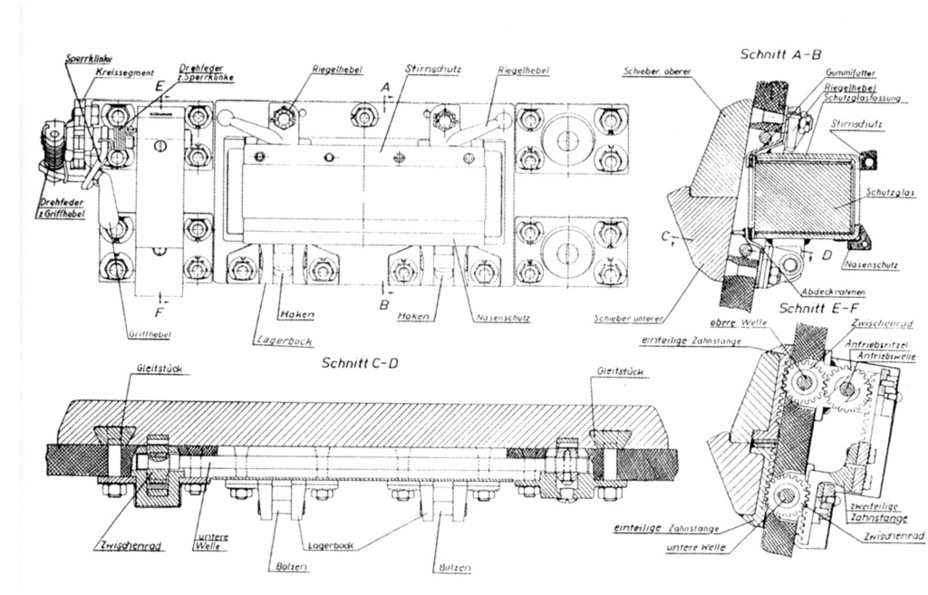
As a result, it was only expected of the Department of Orders of Tanks and Tracked Vehicles (Wa J Rü-WuG 6) to plan a new series of tanks, 9.Serie/La.S.100. The first five tanks of the 9th series were planned for May of 1940, and the final tank from the 404 unit batch would come in December of that year. This meant that production of the «bad» tank will continue.
Reduced priority production
The spring and summer of 1939 was a time of serious changes in German tank building. MAN, the developer and main producer of the PzII, switched to producing the PzIII tank, as did a number of other companies. Production of the PzII dropped steadily. Monthly output decreased from 81 tanks in March of 1939 to 14 in May, which was the last time it exceeded the 10 tank mark.
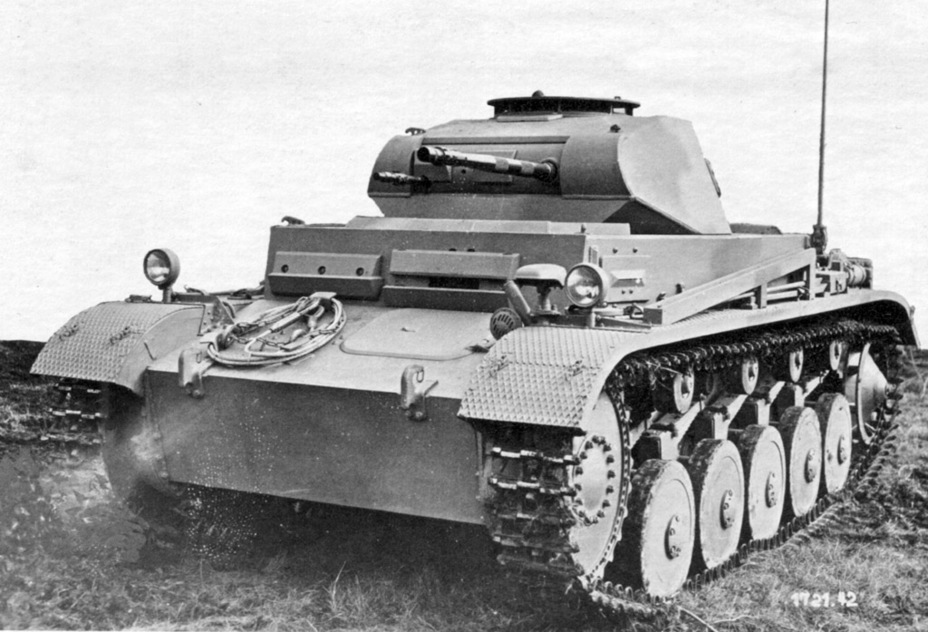
The only factory left producing this tank in the summer of 1939 was FAMO (Fahrzeug-und Motoren-Werke GmbH) in Breslau (modern day Wroclaw, Poland). FAMO also began producing the 18 ton Sd.Kfz.9 halftrack. Producing of such a complicated vehicle had a significant impact on the progress of the PzII Ausf. C production.
The order was small (35 tanks), but the production issues were so great that FAMO only delivered two tanks in June. In August, their number increased to five, and five more were delivered in September. After a leap to 8 tanks in October, only two were delivered in November. A long pause followed, and the last nine tanks were only delivered in April of 1940.
This issue had to do with significant losses of PzII tanks in the Polish campaign. 83 tanks were lost completely, but there was a much larger number of damaged vehicles. Spare parts were needed to fix them, parts meant for assembly of tanks at FAMO, among others.

As of November 11th, 1939, FAMO and Alkett were proposed as assemblers of the new 9.Serie/La.S.100. Production would start in May of 1940, but new facts got in the way of the military's plans. The Polish campaign proved that the armour of these tanks had to be improved. The PzII Ausf. c-C received applique armour, and new tanks were produced with 30 mm of armour to begin with. This meant that new hull and turret designs had to be made. As of January 24th, 1940, their blueprints were still not finished.
Another change was introduced on March 7th, 1940. Instead of a two-piece hatch, the commander received a cupola with observation devices, which improved his visibility. This novelty pushed back the start of the 9.Serie/La.S.100 to June of 1940. However, it turned out that even this was optimistic.
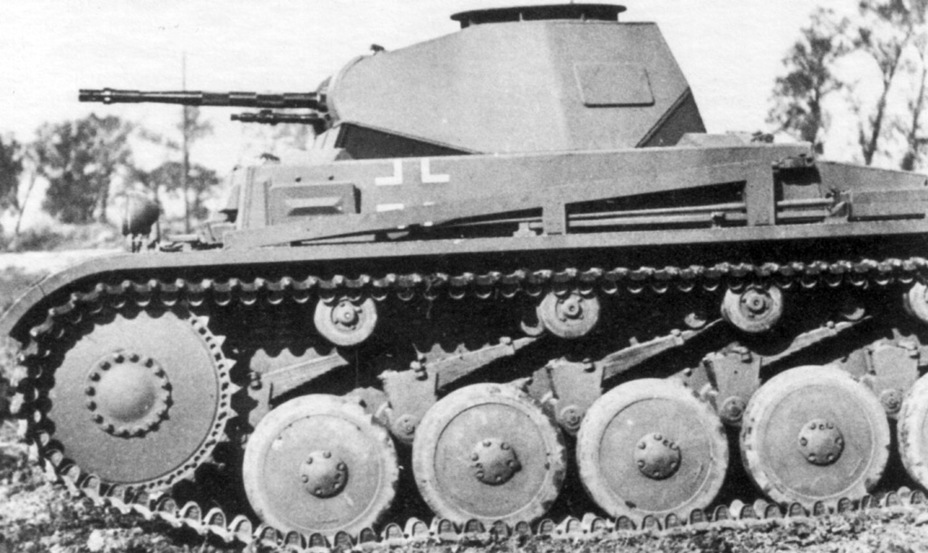
The campaign in May-June of 1940 cost the Germans 240 PzII tanks. A large number of damaged tanks piled up yet again. The fact that FAMO and Alkett were also now involved in PzIII production slowed down work on the PzII. Soon, Alkett also received an order for the StuG III. It became clearer and clearer that the 9.Serie/La.S.100 would not be produced in Spandau. The final decision on the topic was made on September 19th, 1940. The contract moved to FAMO completely, but the company was not ready for it. They needed a new plant to produce the poor light tanks. It was found outside of Germany.

As a result of the Polish campaign, Polish factories came into German possession. This included the Ursus factory, which was a part of the PZInż (Państwowe Zakłady Inżynierii). The Germans were not interested in producing tanks and armoured cars built by the PZInż. Ursus became a part of FAMO, changing its name to Famo-Warschau. Occasionally, it was still called Ursus in correspondence. A decision was made to set up an additional tank production plant here. Ursus became the only factory on territory captured during WWII that produced German tanks and SPGs.

The first 10 tanks of the 9th series were planned for September of 1940, and an output of 40 tanks per month was expected by July of 1941. These plans were also far from reality. On October 1st, they were changed to produce the first three tanks in December of 1940, but even this was an impossible dream. In December, the plans were revised to produce seven tanks in January and ten in February. On March 1st, understanding that this cannot happen forever, Alkett was finally enlisted to help start production. The joint efforts of Alkett and Ursus finally resulted in delivery of seven tanks in March of 1941. As for FAMO, the first tanks from the 9th series only left Breslau in August of 1941.
Temporary long-liver
In early 1941, the 9.Serie/La.S.100, already named PzII Ausf. F, was in a precarious state. In June of 1940, the 6th Department of the Armament Directorate approved the development of the VK 9.03, a light 10 ton tank. MAN was designing the vehicle, with active participation on behalf of Heinrich Kniepkamp. With similar armament and armour, the tank would become a lot faster. The 9.Serie/La.S.100 was a temporary replacement of this light tank.
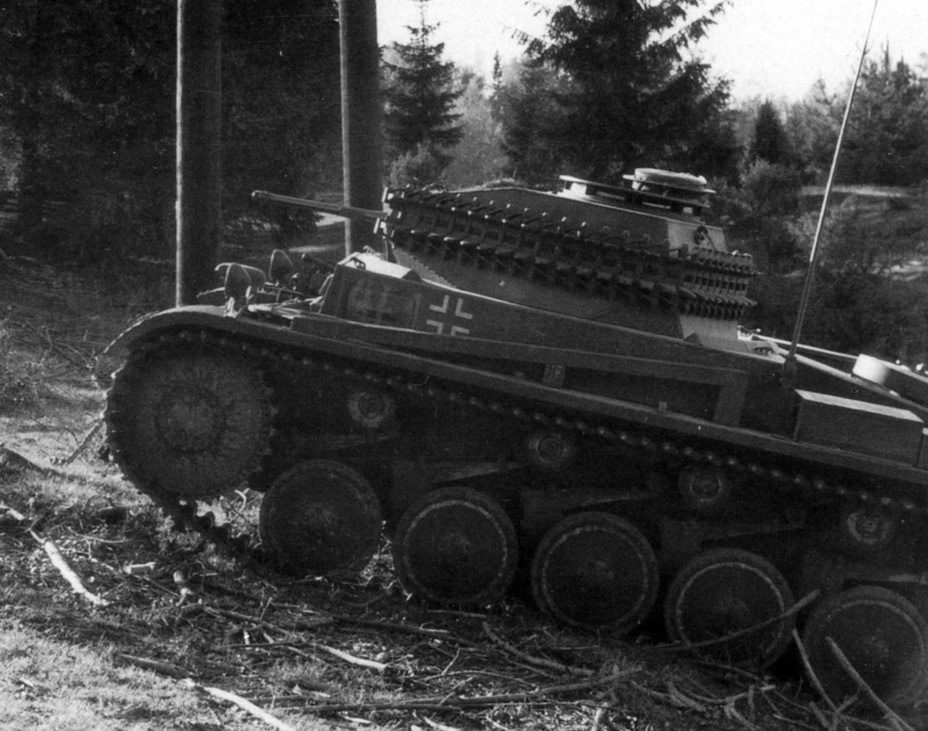
Two years went by since PzII Ausf. F production was approved, and the tank changed little. Technically, it was a repeat of the PzII Ausf. C. The hull and turret changed the most. The complex front armour was deleted, and replaced with much simpler armour, repeating the shape of the applique armour on PzII Ausf. c-C tanks.
The new modification could be identified by the shape of the front of the turret platform. The designers got rid of the slope on the right side, and the driver received the same observation device as the one used on the PzII Ausf. D and Ausf. E. To the right, an aluminium dummy observation device was installed. This would presumably confuse enemy soldiers.
The shape of the left part of the engine compartment roof changed slightly, but the change of the idler was much more noticeable. It had to become a lot shorter to fit smoke grenade launchers on the back of the tank. The turret was changed slightly, in almost exactly the same way as the modernized PzII Ausf. C turret. In other words, if not for production issues, there would have been no problems in swapping over production from the PzII Ausf. C.

The first changes to the tank's design were made even before it started production. The first Africa Corps units were shipped out to Africa. In order to function properly in the desert, the tanks needed improved ventilation systems. The first PzII Ausf. F tanks had the ability to be quickly converted into the tropical variant. Armour was supplied by two factories: Deutsche Edelstahlwerke from Remscheid and Eisen und Hüttenwerke AG from Bochum.

Production ramped up slowly. After production of seven tanks in March of 1941, Ursus did not put out more than 15 tanks per month in April-June. Only in July did the factory reach the planned output of 20 tanks. FAMO was also not doing too well. Fewer than ten tanks per month came out of Breslau in 1941. In order to meet quotas, production in Warsaw had to increase. In total, 233 PzII Ausf. F tanks were built in 1941.
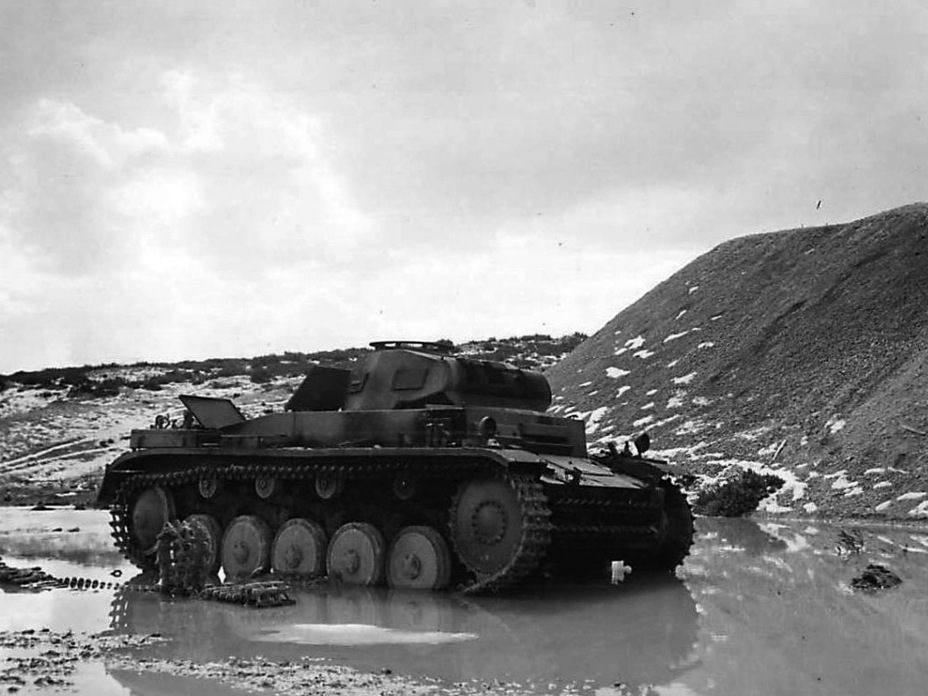
The assignment of new tanks to units began towards the summer of 1941. By that point, a number of questions were raised about the PzII tank family. It was clear that the 20 mm autocannon was insufficient in modern war from the campaign in France. The PzII could also not boast great mobility. Here, it was in the same class as medium tanks.
It is not surprising that there was no room for this tank in the rearmament program. This program, dated May 30th, 1941, would span five years and deliver 2592 VK 9.03 tanks for the army. They would be used as reconnaissance tanks.
As it happens, plans did not reflect reality. The result of the VK 9.03 program was a sad one. This tank did not enter production, nor was it even built in metal. Even if it ever took off, it would likely meet the same fate as its «younger brother», the VK 9.01, also known as the PzII Ausf. G. MAN built 45 of these tanks with great difficulty, and there was no place for them in the army.
The VK 13.01 reconnaissance tank was a lot more promising. This was the first German light tank with a two-man turret. It eventually evolved into the VK 13.03, the most fortunate German reconnaissance tank. However, there was no confidence in this in 1941. Work on this tank was delayed, and the Pz.Kpfw.38(t) n.A. and Skoda T-15 projects were launched as a backup.

The delay in the creation of «proper» reconnaissance tanks and experience gained on the Eastern Front forced the 6th Department to seek alternatives. Starting with November of 1941, the PzII was equipped with mounts for additional periscopes. The loss of more than a third of the initial amount of PzIIs available in June of 1941 gave the Germans some food for thought. Reports that light tanks are poorly suited for modern war arrived more and more often.

Despite all this, the peak of PzII production was reached in the first half of 1942. The record was reached in May: 56 tanks! However, the PzII was destined to be axed in that same month.
In March of 1942, a decision was made to convert the PzII (F) flamethrower tanks into tank destroyers. The same was done with the Pz38(t). A final decision to reduce PzII production was made in the summer of 1942. On June 7th, Field Marshal Keitel suggested that production should switch to SPGs entirely. Hitler agreed to give up half of PzII production for that purpose. On June 29th, the SPG share grew to 3/4, and on July 11th, it was decided that this month would be the last for the PzII.
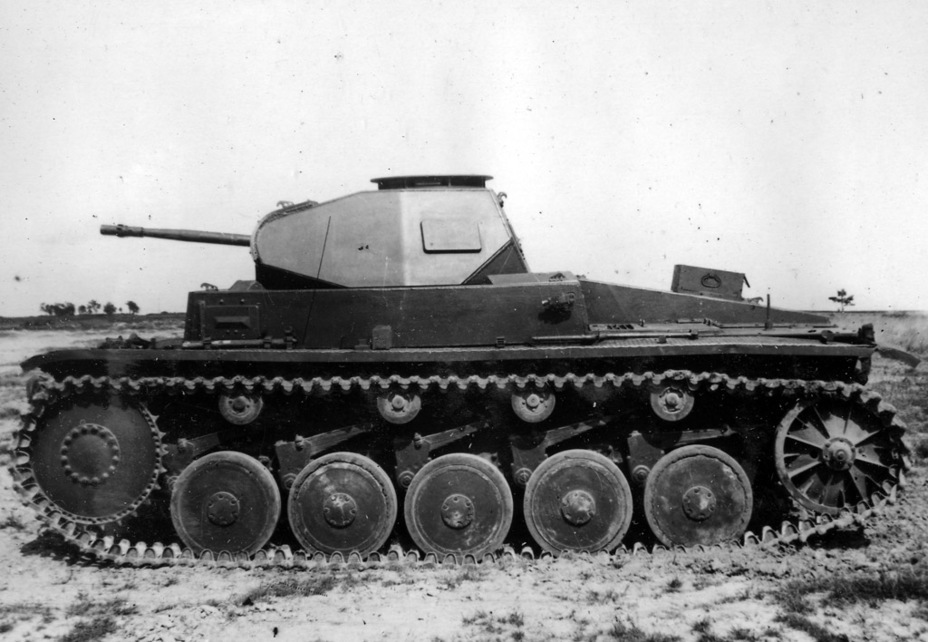
In 1942, FAMO and Ursus built 276 PzII Ausf. F tanks. In total, 509 of them were built, a little more than initially planned. Since the contracts were constantly renegotiated, the serial numbers turned out a little jagged. According to research by Thomas Jentz and Hilary Doyle, they were spread out in the following way:
- Ursus: 28001-28204
- FAMO: 28205-28304
- Ursus: 28305-28489
- FAMO: 28820-28839
The cessation of production did not mean that these tanks would vanish from the battlefield. 1039 tanks of this type remained as of September 1st, 1942. The number of losses, which only crossed 40 per month once (43 in November of 1942) meant that these tanks were slowly pulled off the front lines. Surviving PzII tanks were slowly reassigned to new duties. They were used for reconnaissance, as commander's vehicles, or as artillery observer tanks.
Unlike the Pz38(t), which were mostly converted into SPGs or tractors, the PzII continued its service. As of October 1st, 1944, 386 tanks of this type were still available.

Periodically, the tanks were sent back to the factory for refurbishment, and then returned to the front lines. For example, the PzII Ausf. F tank seen in Patriot Park had this fate. Its chassis serial number was not preserved, but the turret serial number 28384 points to production at Ursus in March of 1942. The tank was refurbished no earlier than spring of 1942, where the old paint was stripped off and it was repainted in dark yellow Dunkelgelb nach Muster. Judging by the remaining markings, it was used as the commander's tank of the second battalion.

Captured PzII Ausf. F tanks often fell into the hands of the Red Army, but Soviet specialists were not interested in them. This tank was yesterday's news for Soviet tank building in 1941. The Soviet analogue of the PzII was the T-70, against which the PzII had no chance.
Translated by Peter Samsonov. Read more interesting tank articles on his blog Tank Archives.
Sources:
- National Archives and Records Administration;
- Central Archives of the Russian Ministry of Defence;
- Panzer Tracts No. 2–3 — Panzerkampfwagen II Ausf.D, E, and F development and production from 1937 to 1942, Thomas L. Jentz, Hilary Louis Doyle, Darlington Publication, 2010;
- Author's photo archive.







